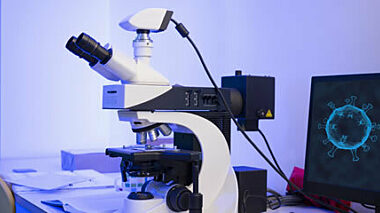Scanning Electron Microscopy (SEM) with Energy Dispersive X-Ray Analysis (EDX) Testing Technique
SEM provides detailed high resolution images of the sample by rastering a focussed electron beam across the surface and detecting secondary or backscattered electron signal. An Energy Dispersive X-Ray Analyser (EDX or EDA) is also used to provide elemental identification and quantitative compositional information.
SEM provides images with magnifications up to ~X50,000 allowing sub micron-scale features to be seen i.e. well beyond the range of optical microscopes.
- Rapid, high resolution imaging with identification of elements present
- Spatially resolved quantitative EDX (EDA) analysis of user defined areas on sample surface
- Characterization of particulates and defects
- Examination of grain structure and segregation effects
- Coating thickness measurement using cross sectional imaging of polished sections.
Typical Applications
- Characterisation of material structures
- Assessment of reaction interfaces, service environment and degradation mechanisms
- Characterization of surface defects, stains and residues on metals, glasses, ceramics and polymers
- Measurement of the thickness of layered structures, metallised layers, oxide films, composite materials using cross sectional imaging
- Particulate and contaminant analysis on and within materials.
Typical Industries using SEM/EDX
- Aerospace
- Automotive
- Materials
- Minerals
- Glass, Ceramics and Refractories
- Healthcare
- Medical Devices
- Semiconductors
- Electronics.
SEM / EDX – At a Glance
- Information: Secondary & backscattered electron images, elemental composition
- Sample Size: Up to 200mm diameter and 80mm depth
- Detection Limits: 100 - 0.1 wt.%
- Elements Detected: B - U
- Area Analysed: From 10mm x 10mm to ~1µm x 1µm
- Sampling Depth: ~0.5µm - 3µm
- Image Resolution: from mm to ~50nm
- Data Output: High resolution Images, EDX spectra, composition tables

White Paper
Solving Problems by Materials Analysis with an Electron Microprobe
